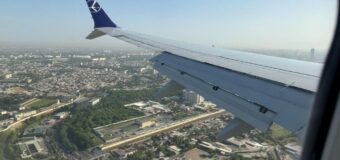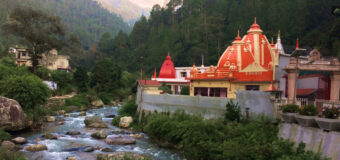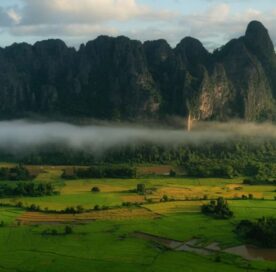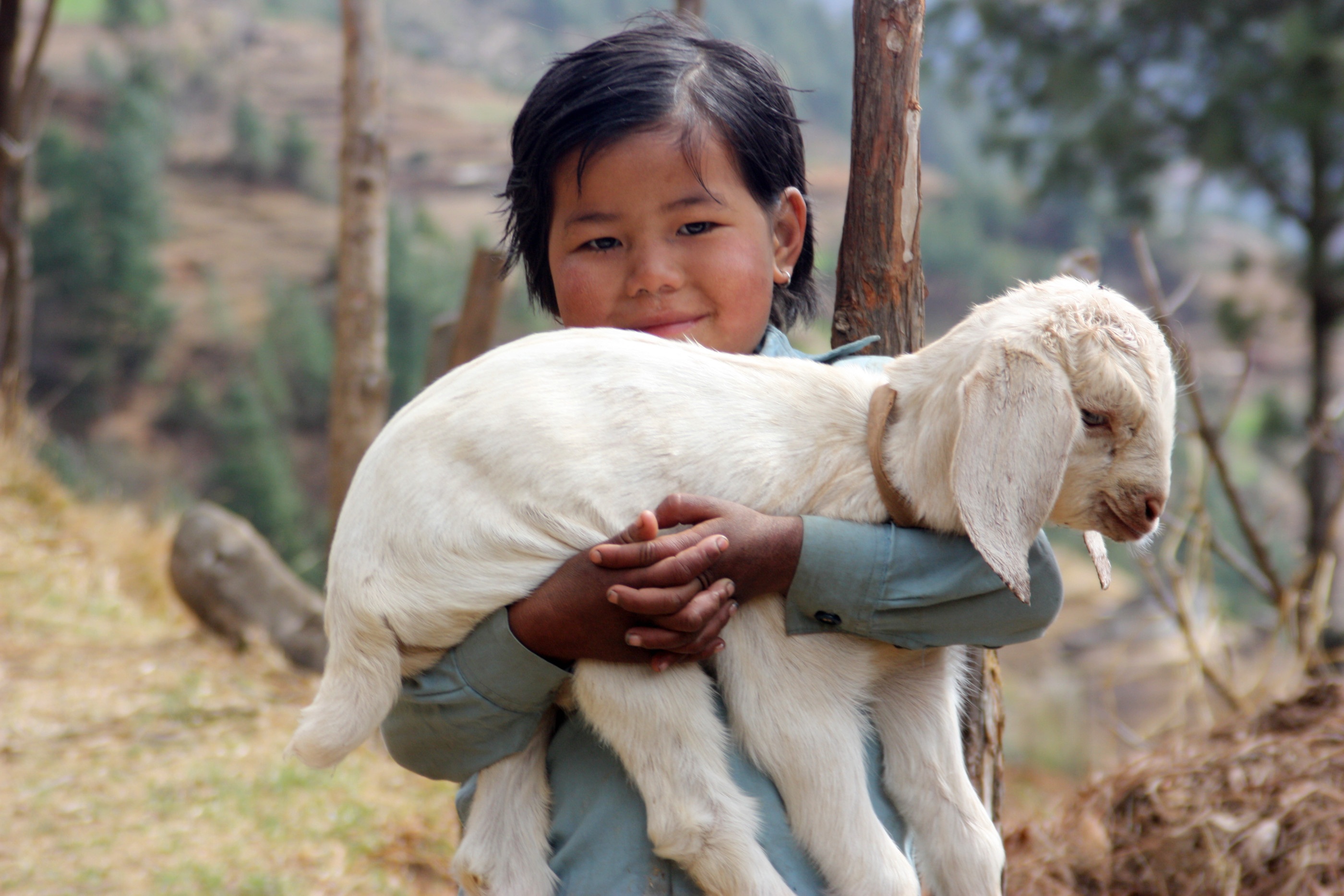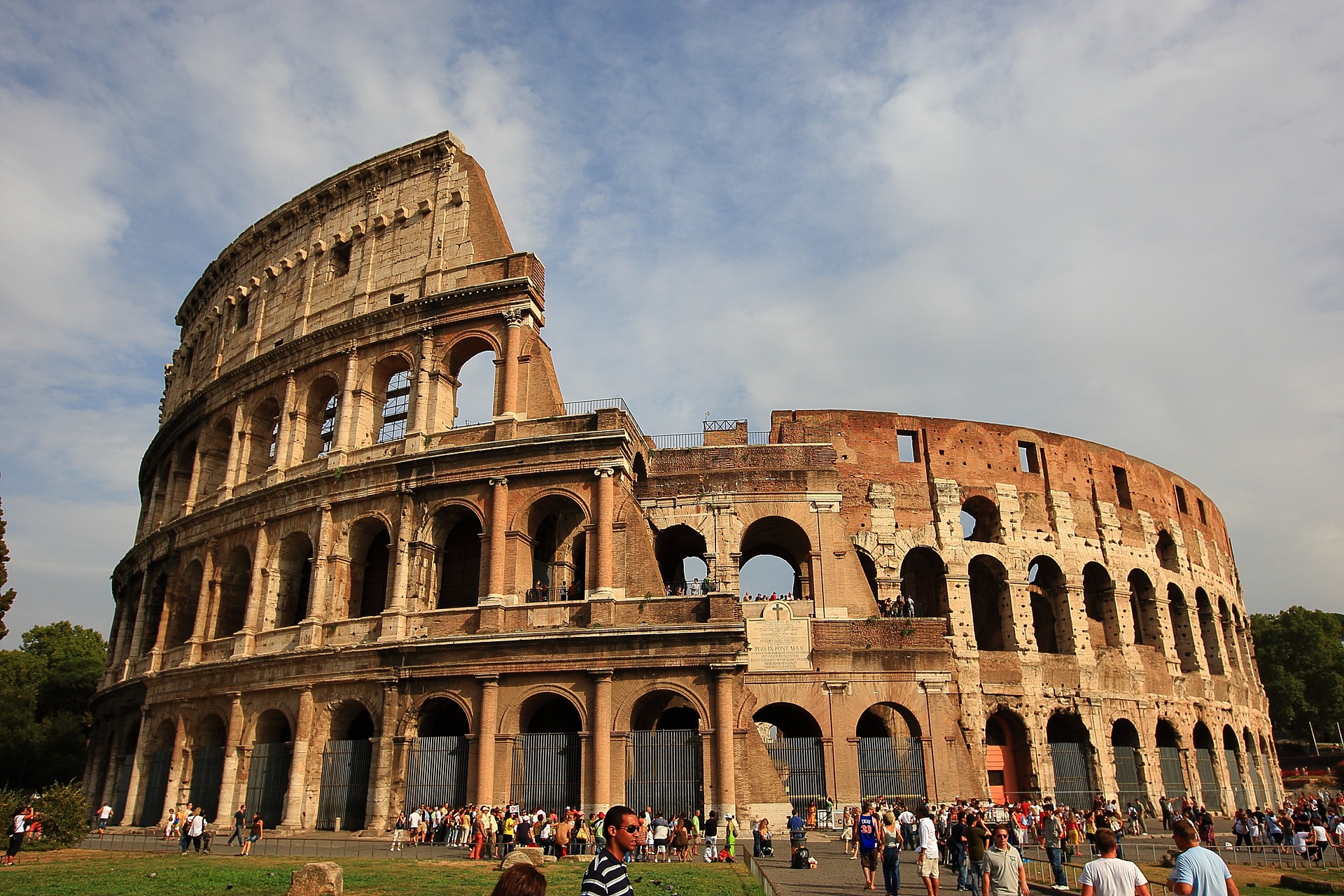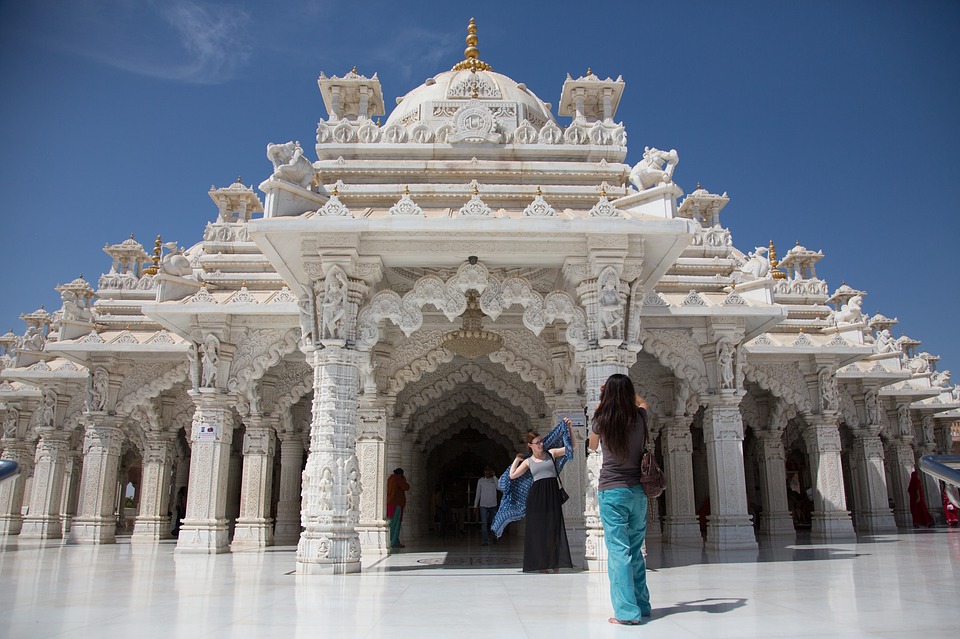Imagine flying over the rivers and valleys, passing by ancient monasteries, and catching a glimpse of Mount Everest, shining in the morning light. Just peeking out the helicopter window, you get this amazing view.
For many, catching a glimpse of Everest from close is a once-in-a-lifetime dream. If you cannot take those difficult, long treks taking you through the rugged beauty of Mother Nature, then there is only one thing left to know. How high do Everest Helicopter tours take you?
You need to understand the flight paths and altitude limits of these tours. This is directly related to the safety of the tour, the quality of the views, and how close you will be able to get to the tallest peak.
Well, you might be disappointed to know that these helicopter tours will not take you even close to the height of Everest. Everest stands at 8,848.86 meters, and helicopters don’t even take you close to that during commercial tours.
This article outlines the key facts about the Everest helicopter tour, including the maximum altitude and safe landing spots, such as Kala Patthar.
Whether you’re planning your aerial adventure or just curious about what these tours can really offer, we’ll help you separate myth from reality and prepare for a breathtaking experience.
Understanding the Everest Helicopter Tour Experience

Flying in a helicopter to Everest Base Camp offers a rare glimpse into the heart of the Khumbu region. It’s perfect for travelers short on time or unable to commit to a two-week trek.
You’ll pass iconic landmarks like:
- Lukla’s short, dramatic airstrip
- The bustling town of Namche Bazaar
- Tengboche Monastery is perched above the clouds
- Glacier-fed rivers and hanging icefalls
What Makes These Tours Special?
Unlike fixed-wing flights that simply circle Everest, helicopter tours offer:
- Close-up views of Everest and neighboring peaks like Lhotse and Ama Dablam
- Landing opportunities at high-altitude spots like Kala Patthar (5,545m) for photo stops
- Flexible timing to match weather windows and avoid cloud cover
These are not just sightseeing flights. Pilots often share local knowledge, pointing out sacred Sherpa sites, glacial formations, and historic landmarks.
Expert Tips for Your Flight
- Mornings are best: Clear skies are more common before noon
- Layer up: Even in the helicopter, high altitudes mean freezing temps
- Stay hydrated: After reaching 4,000m, altitude sickness may affect you.
How High Do Everest Helicopter Tours Fly?

Even though you will not reach the summit, you will get close in the rage of it. Standard Everest helicopter tours typically range from 5,500 to 6,000 meters. However, this depends on both the height limit and the weather.
This aerial journey is unforgettable and offers the thrill of the Himalayas without any physical demands for trekking, and is a perfect combination of comfort and adventure.
These altitudes are carefully selected to strike a balance between the aircraft’s performance, safety, and visibility. Due to thin air, helicopters often lose lift capacity when flying above 5,000 meters.
Why Not Fly Over the Summit?
Flying over Everest sounds thrilling, but it’s rarely done commercially. Here’s why:
- Air density: The higher you go, the thinner the air. At extreme altitudes, helicopter engines can’t generate enough lift.
- Weather unpredictability: Jet stream winds near the summit can reach speeds of up to 160 km/h (100 mph).
- Passenger safety: At altitudes above 6,000 meters, oxygen deprivation becomes a serious risk without supplemental systems.
Some pilots have flown over Everest, like Didier Delsalle in 2005. However, these exceptional cases involve modified aircraft and ideal conditions, not typical tourist flights.
Where Do Helicopters Go Instead?
To provide the best views safely, most tours hover near Kala Patthar (5,545m) or land at alternative high-altitude locations, such as Pheriche.
Although Kalapatthar used to be the prime landing spot, current aviation regulations prohibit helicopter landings there to protect the fragile terrain and ensure safer operations.
Instead, helicopters now provide:
- Mid-air stops with clear, close-up views of Everest
- Landings at Pheriche or Everest View Hotel, depending on the itinerary and group size
This shift in regulations ensures the region remains pristine while offering travelers stunning experiences.
Flight Height Factors
Several factors determine how high your helicopter can go:
- Weather: Clear skies are essential for reaching high-altitude spots
- Weight: Heavier loads mean lower altitude; groups are often split
- Aircraft type: Only certain models (like AS350 B3e) can handle these altitudes
These flights offer maximum views with minimal risk by staying within the Everest helicopter tour’s height range of 5,500–6,000 meters. And that’s what makes them so popular among trekkers and thrill-seekers alike.
Where Do Everest Helicopters Tours Land?
Although Kalapatthar was once a standard landing point, helicopter landings at Kala Patthar are currently restricted under Nepalese aviation rules.
Instead, Everest helicopter tours now typically land at:
- Pheriche (4,371m): A safer, flatter site used for photo stops and altitude reshuffles
- Everest View Hotel (3,880m): A scenic breakfast stop with panoramic mountain views
- Lukla (2,860m): The start and return point for most Everest flights
Can Helicopters Land at Everest Base Camp?
Yes, but only occasionally. Everest Base Camp (EBC) sits at 5,364 meters and is usually occupied by tents and climbers during the spring season.
Due to terrain and congestion, landings here are rare and brief. Most tours hover or land near Gorakshep or Pheriche instead.
Sherpa guides note that flying directly into EBC can disrupt expedition logistics. For scenic purposes, Kala Patthar offers a much better perspective.
Alternate Landing Locations
Depending on weather, weight, and group size, your helicopter might land at:
- Everest View Hotel (3,880m): Great for breakfast with a mountain view
- Pheriche (4,371m): Used for group reshuffles or high-altitude emergencies
- Lukla (2,860m): Starting and ending point for most tours
Expert Advice for Landings
- Don’t expect long stops—high altitude limits engine time on the ground
- Step out quickly for photos, but follow crew instructions strictly
- Wear gloves; metal handrails can feel ice-cold even in sunshine
Where Everest helicopter tours land depends on many moving parts—from cloud cover to fuel weight. But each landing spot is carefully chosen for maximum safety and spectacular views. That balance is what makes these tours unforgettable.
Helicopter Safety and Flight Limitations at High Altitudes
Flying at high altitudes in the Himalayas is no easy task. Helicopters face unique challenges above 4,000 meters, where oxygen thins and performance drops.
What Makes High-Altitude Flying Difficult?
At extreme elevations, the air becomes thinner. This reduces engine efficiency and the rotor’s ability to generate lift.
As a result, helicopters flying in the Everest region must:
- Carry less weight to maintain control
- Limit time spent at altitudes above 5,000 meters
- Monitor weather changes by the minute
Pilots must be specially trained in high-altitude conditions. They’re taught to navigate mountain turbulence, downdrafts, and sudden whiteouts.
Why Weight Matters
Helicopters operating near Everest often reduce passenger count when flying above 4,500 meters.
More weight means more lift is required. At high elevations, lift becomes harder to achieve due to thinner air.
A full helicopter might land at Pheriche, where passengers are then reshuffled into smaller groups before continuing to climb higher.
Limited Ground Time at Altitude
Even at landing spots like Kala Patthar, helicopters remain on the ground for just a few minutes.
Reasons include:
- Rapid fuel burn at low oxygen levels
- Higher risk of engine strain
- Fast-changing mountain weather
Guides and pilots emphasize quick photo stops and a prompt return to safer altitudes.
Helicopter Models Built for the Job
Only certain aircraft are capable of handling Himalayan conditions. The AS350 B3e, used by many Nepalese operators, is ideal due to its power-to-weight ratio and altitude tolerance.
These helicopters undergo regular inspections and maintenance, especially during peak trekking seasons.
Safety First
All reputable companies prioritize safety above all else. Flights only take off in stable weather and are often rescheduled during poor visibility or high winds.
Passenger safety briefings are mandatory. These cover altitude risks, emergency procedures, and seatbelt protocols.
When flying at these high altitudes, following the pilot’s instructions is not just a matter of politeness. It is important for your safety and a smooth ride.
In the Everest region, helicopter safety is all about careful planning, accurate weather forecast, expert piloting, and reliable equipment. It is about managing limits. This will help you tick off your bucket list without taking on unnecessary risk.
Conclusion
So, how high does Everest Helicopter Tours take you? The answer is more than just a number; it is about the safety and security of the people. They also have to ensure the safety of the people.
These flights take you over the scenic Kala Patthar and make strategic landings at places like the Everest View Hotel and Pheriche. They maintain a balance between thrill and planning.
Now that you are aware of the key facts, you know that helicopters fly up to 6,000 meters but don’t reach the summit, and they must abide by safety rules. However, they will take you very close. So close that you will be able to see the mighty Himalayas.
If you are dreaming of Everest but cannot take the long route or go through that exertion, this is the best possible way for you. This aerial tour is the answer to all your questions.
Have questions or your own Everest flight story to share? Drop a comment below or reach out—we’d love to hear from you.
Ready to see the world’s tallest mountain from the sky? Book your Everest helicopter tour today and take to the skies for an unforgettable experience.



